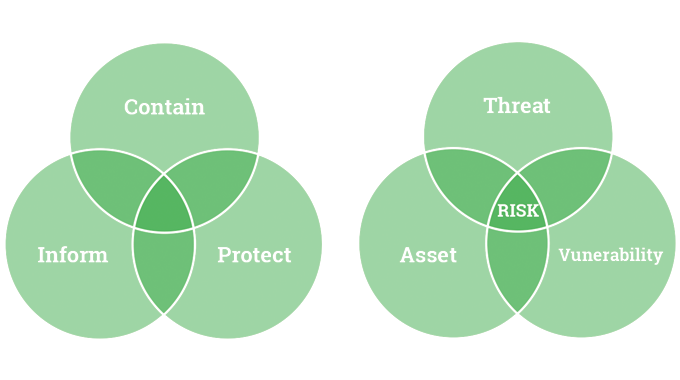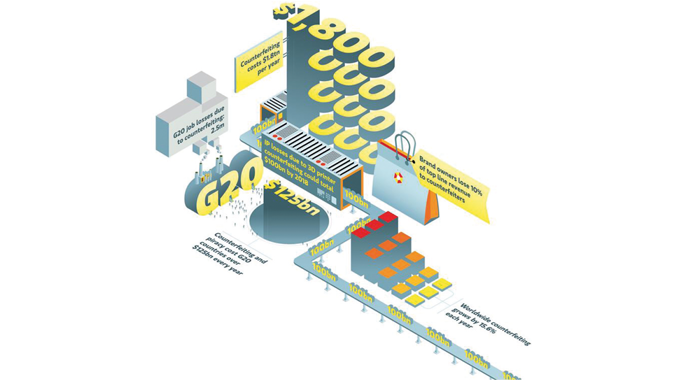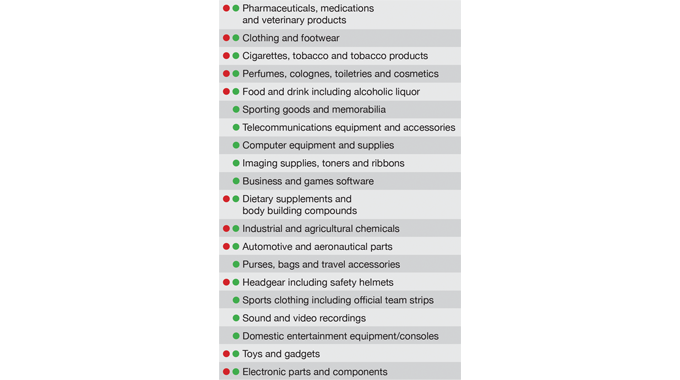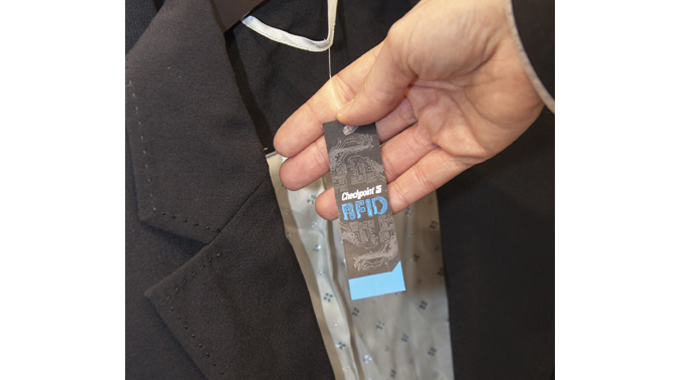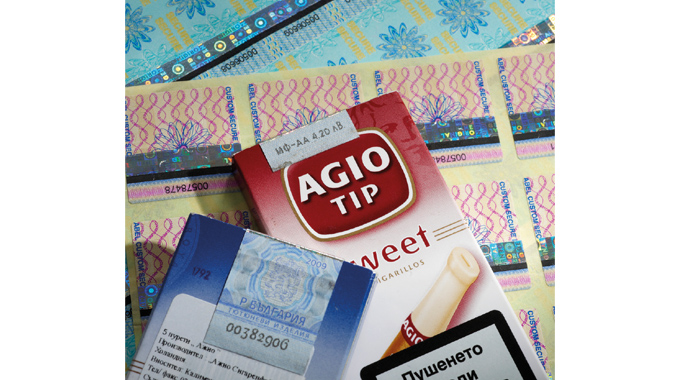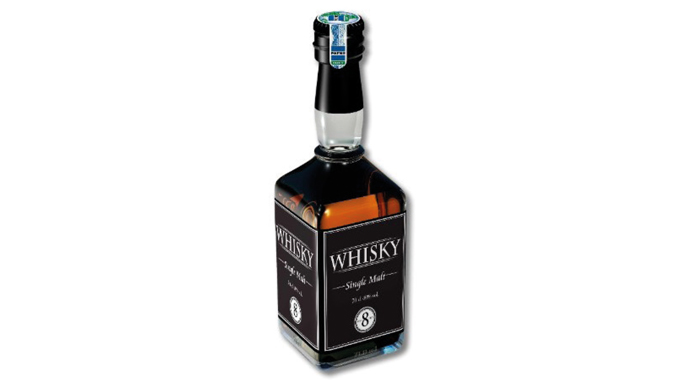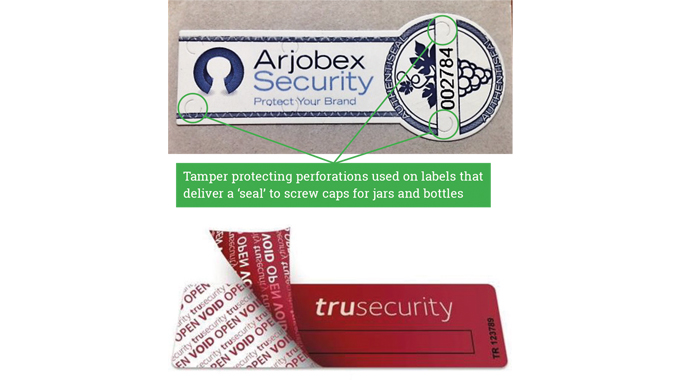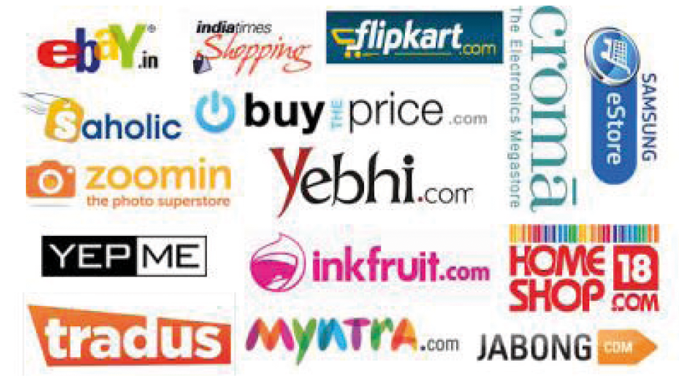Introduction to security and product protection
All of us come into contact with security labels in one form or another during our daily lives. We may not notice them, but be assured that security labels and packaging play an important part in protecting brand owners and us, their customer, from any number of disturbing risks.
The major role of packaging is to protect, inform and contain a product during its life from manufacture through to point of use. This function is applicable for the vast majority of merchandise whether consumer or industrial product, no matter how or where it will be used.
Stay up to date
Subscribe to the free Label News newsletter and receive the latest content every week. We'll never share your email address.
